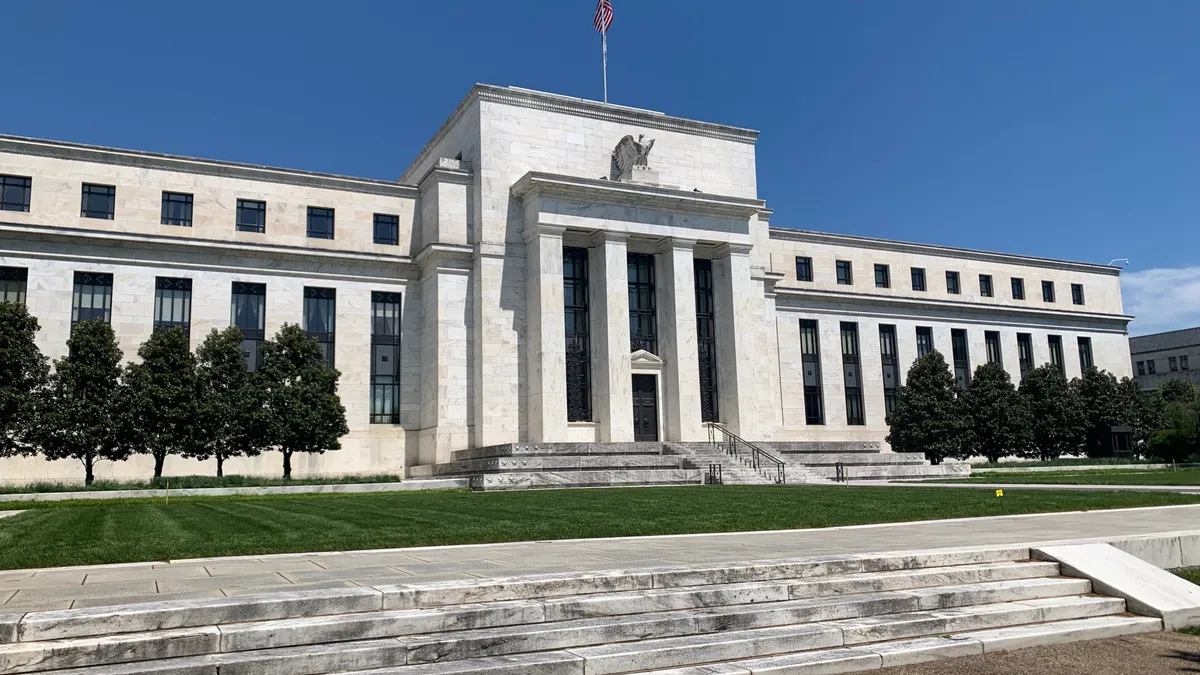The Federal Reserve on Tuesday said it is launching a new supervisory program to oversee activities of the banks it supervises related to cryptocurrency, distributed ledger or blockchain technology and tech-driven partnerships with nonbanks.
The program, which will complement the central bank’s existing supervisory processes, aims to strengthen oversight of “novel activities” conducted by supervised banking organizations, the Fed said.
The regulator said it established the program to ensure the risks associated with innovation are appropriately addressed.
“The goal of the novel activities supervision program is to foster the benefits of financial innovation while recognizing and appropriately addressing risks to ensure the safety and soundness of the banking system,” the Fed said.
Novel activities outlined by the Fed include:
- Partnerships where a nonbank serves as a provider of banking products and services to end customers, usually involving technologies like application programming interfaces that provide automated access to the bank’s infrastructure.
- Activities such as crypto-asset custody, crypto-collateralized lending, facilitating crypto-asset trading, and engaging in stablecoin/dollar token issuance or distribution.
- The exploration or use of distributed ledger technology for various use cases such as issuance of dollar tokens and tokenization of securities or other assets.
- Banking organizations concentrated in providing traditional banking activities such as deposits, payments and lending to crypto-asset-related entities and fintechs.
The central bank said it will base the intensity of its supervision on the risk and the level of engagement in novel activities by each firm.
The Fed said it wants the program to be informed by diverse perspectives and best practices in supervision and risk management.
“The Program will engage broadly with external experts from academia and the banking, finance, and technology industries,” the central bank said. It added that it plans to “incorporate insights and analysis from real-time data, market monitoring, horizontal exams and proactive, intentional, and regular information exchange across portfolios, federal bank regulatory agencies, and other stakeholders.”
The Fed on Tuesday also clarified that any state bank it supervises must get the regulator’s green light before issuing, holding or transacting in dollar tokens, such as stablecoins, to facilitate payments.
State member banks seeking to engage in such activities must demonstrate to the Fed that they have controls in place to conduct the activity in a safe and sound manner, the central bank said.














